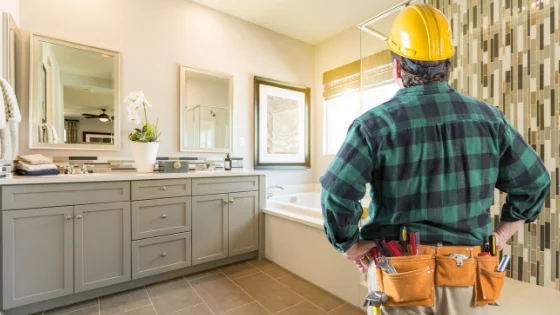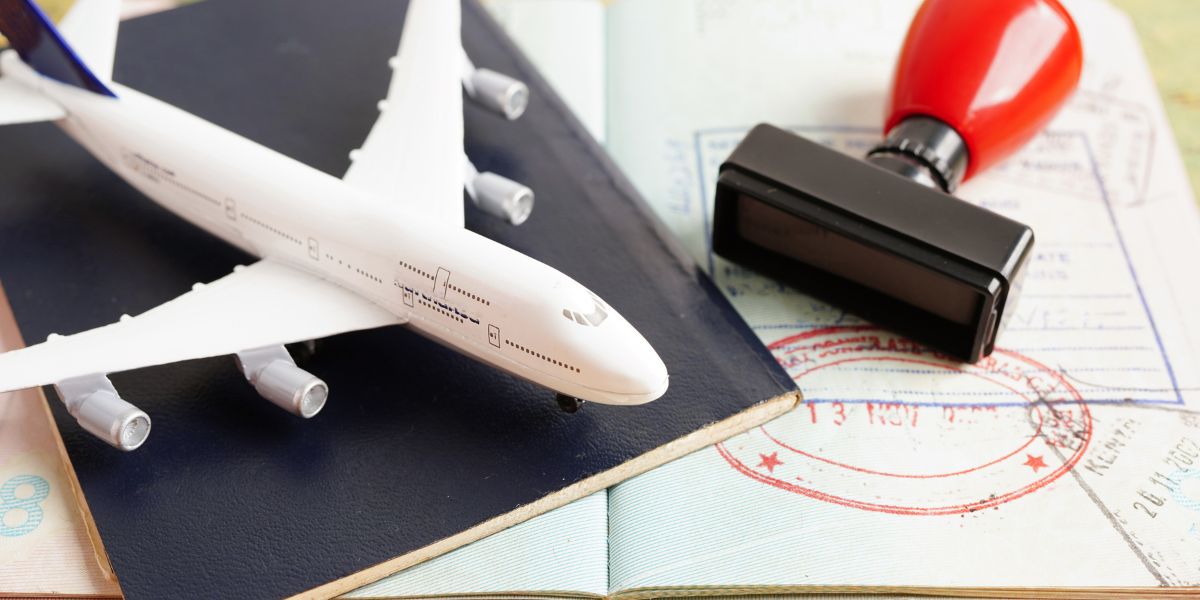Mold, an unwelcome and ubiquitous visitor in many homes, has the capacity to wreak havoc on interior surroundings. Its presence can cause health difficulties, structural damage, and a variety of other issues. When dealing with a mold infestation, the top priorities are mold removal and subsequent restoration to return your home to its pre-infestation state. In this blog, we’ll look at the complexities of mold removal and the critical processes needed in rebuilding your home after mold damage. While mold removal and reconstruction can be difficult jobs, expert assistance is frequently advised for a successful and safe restoration procedure.
Mold Damage: What You Need to Know
Mold is a form of fungus that grows in moist, humid conditions. It can swiftly colonize numerous surfaces in your home, including walls, ceilings, floors, and even hidden spots within walls and under flooring. Mold spores are not only unattractive, but they can also be dangerous to your health, especially if you have allergies or respiratory problems.
Mold Removal Procedure:
Mold removal, also known as mold remediation, is a methodical process that entails locating, containing, and removing the mold infestation. The following are the important steps:
1. Inspection and Evaluation:
A skilled mold remediation specialist inspects the area thoroughly to determine the degree of the mold infestation and its cause. The remediation plan is guided by this assessment.
2. Restrictions:
Containment measures are put in place to keep mold spores from spreading to unaffected regions. This usually entails covering the damaged area with plastic sheeting and establishing negative air pressure to keep mold spores away from the living spaces.
3. Mold Elimination:
Mold-infested materials must be safely and thoroughly removed during the removal procedure. This includes drywall, insulation, flooring, and other potentially hazardous materials. Mold is effectively removed using HEPA (high-efficiency particulate air) filtering systems and specialist cleaning techniques.
4. Elimination:
Mold-contaminated materials are carefully packaged and disposed of in accordance with local laws. This is done to avoid cross-contamination and the spread of mold spores during disposal.
5. Sanitation and Cleaning:
To eradicate any lingering mold spores, the damaged area’s remaining surfaces and objects are rigorously cleansed and sanitized.
Mold Testing and Removal:
6. Mold Testing and Clearance:
To guarantee that the mold infestation has been successfully eliminated, post-remediation testing is performed. To ensure that mold levels are within permissible ranges, clearance testing may include air or surface sampling.
Reconstruction Procedures:
After the mold has been removed, the process of rebuilding your home may begin. This stage entails repairing the damaged portions to their pre-mold state. The following are the major steps in the reconstruction process:
1. Repairs to the Structure:
If mold has caused structural damage to your home, such as decaying wood or weakened drywall, you will need to replace or repair these components. This ensures that your home’s structural integrity is restored.
2. Reconstructing Walls and Ceilings:
Any walls or ceilings removed during the mold removal process must be replaced. This involves the replacement of drywall, insulation, and finishing materials.
3. Replacement of Flooring:
Carpet, hardwood, and laminate flooring will need to be replaced if mold has harmed them. New flooring is put to fit the aesthetics of your existing property.
4. Finishing and Painting:
After structural repairs and material replacements have been completed, the affected areas are painted and decorated to match the rest of the interior of your home.
5. Inspection of HVAC and Ductwork:
Mold has been known to penetrate HVAC systems and ductwork. It is critical to inspect and clean these systems to ensure they are mold-free and functional.
6. Precautionary Measures:
To prevent future mold growth, it’s critical to address the core causes of the mold problem during reconstruction, such as eliminating leaks, enhancing ventilation, and maintaining ideal humidity levels.
Why Professional Services Are Advisable:
While some homeowners may believe mold removal and reconstruction to be do-it-yourself chores, professional mold removal Tulsa services are frequently advised for various reasons:
- Expertise: Mold removal and reconstruction professionals have the skills and experience to treat mold issues and restore your house safely and effectively.
- Safety: Mold eradication can expose people to possibly dangerous mold spores. During the remediation procedure, professionals take steps to protect themselves and the residents.
- Thoroughness: Professionals utilize specialized equipment and techniques to eliminate all mold and thoroughly clean and disinfect impacted surfaces.
- Prevention: Professionals can detect and manage the underlying reasons of mold growth, assisting in the prevention of future infestations.
- Efficiency: Professional mold removal and reconstruction services can perform the task more quickly, reducing downtime and interruption to your house, learn more here.
Finally, mold removal and reconstruction are critical measures in repairing your house following mold damage. These procedures necessitate experience, diligence, and a dedication to safety. While expert mold removal and reconstruction services are often advised, they also provide piece of mind that your property will be restored to a safe and healthy condition. Mold is a strong foe, but with the right professionals on your side, your house may be transformed into a safe sanctuary of health and comfort.
















Leave a Reply